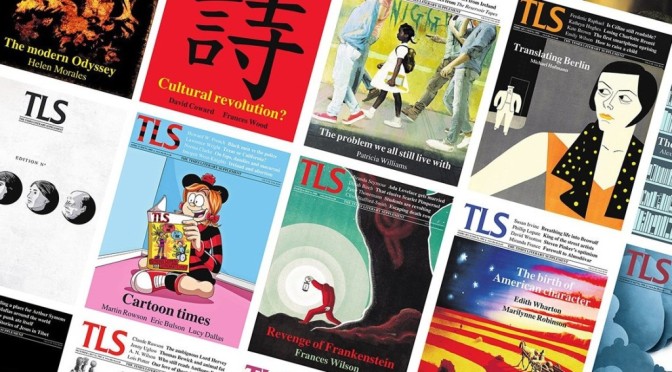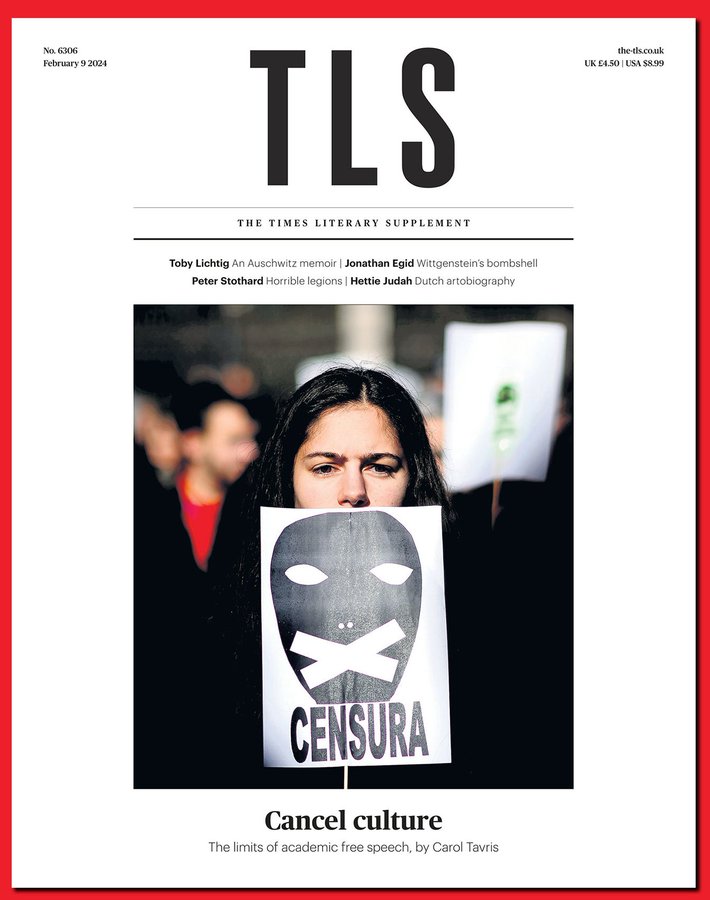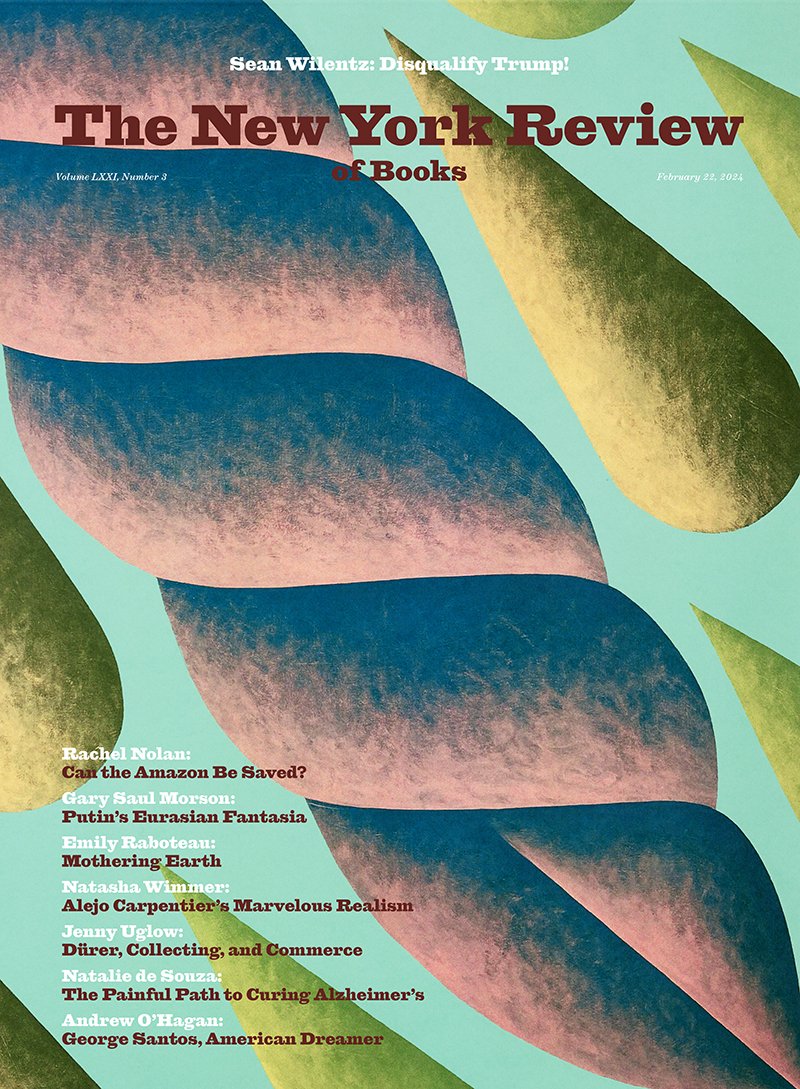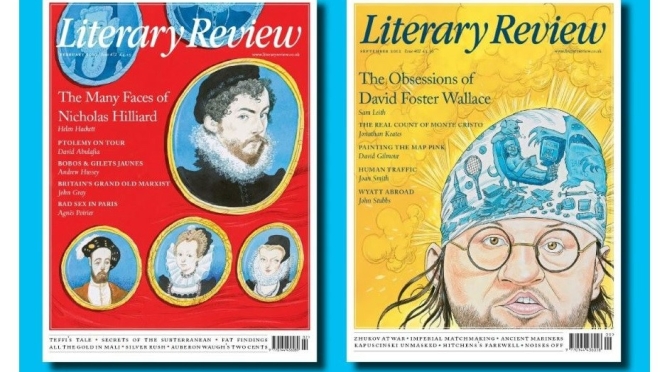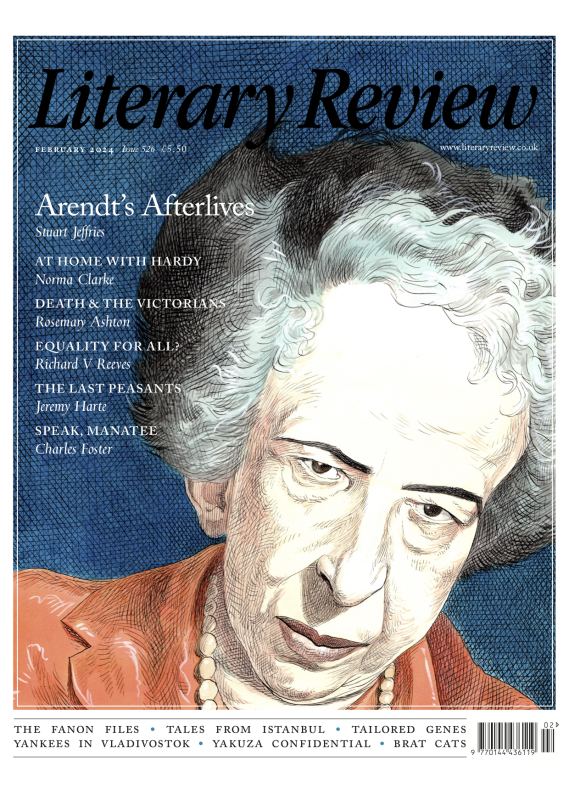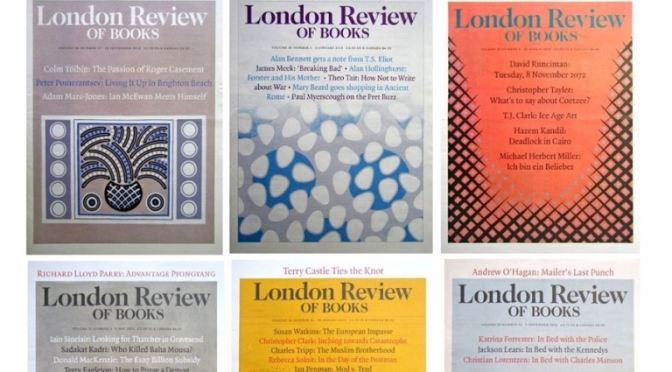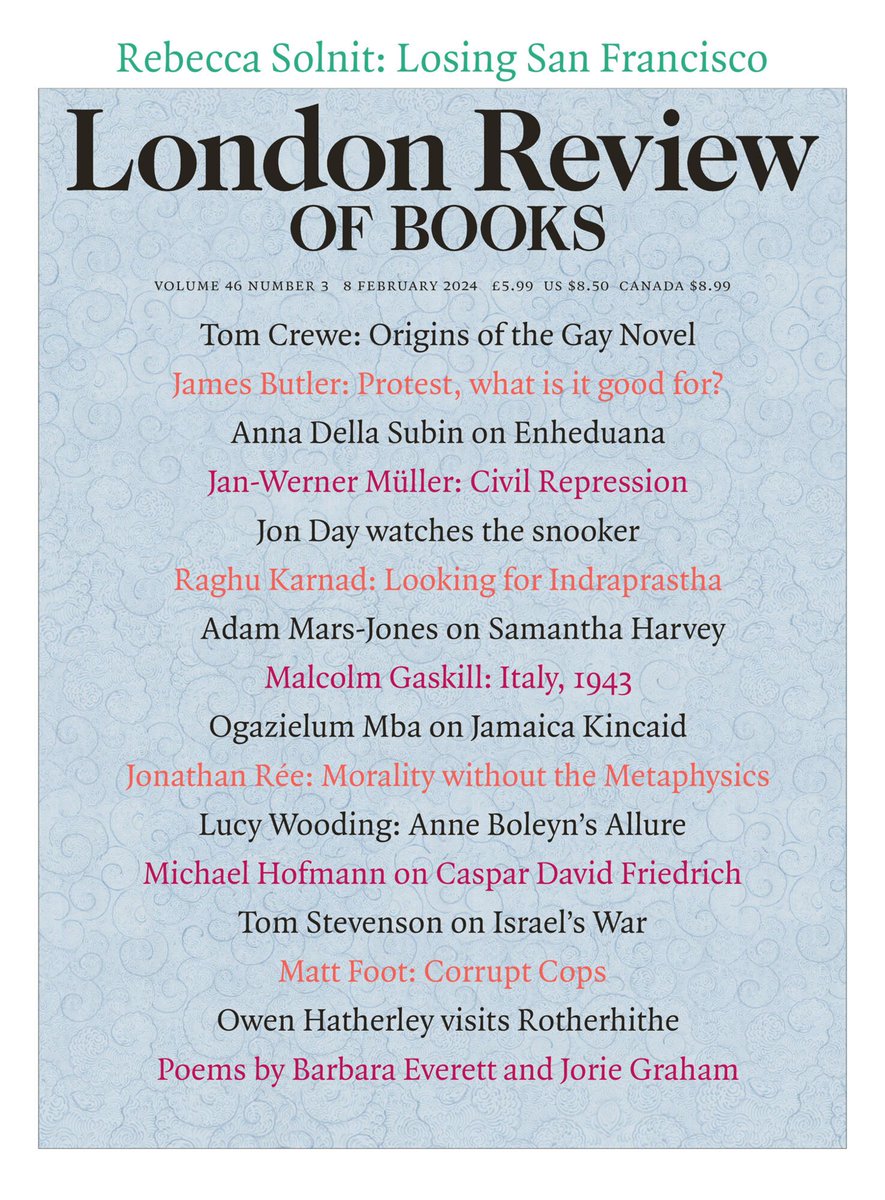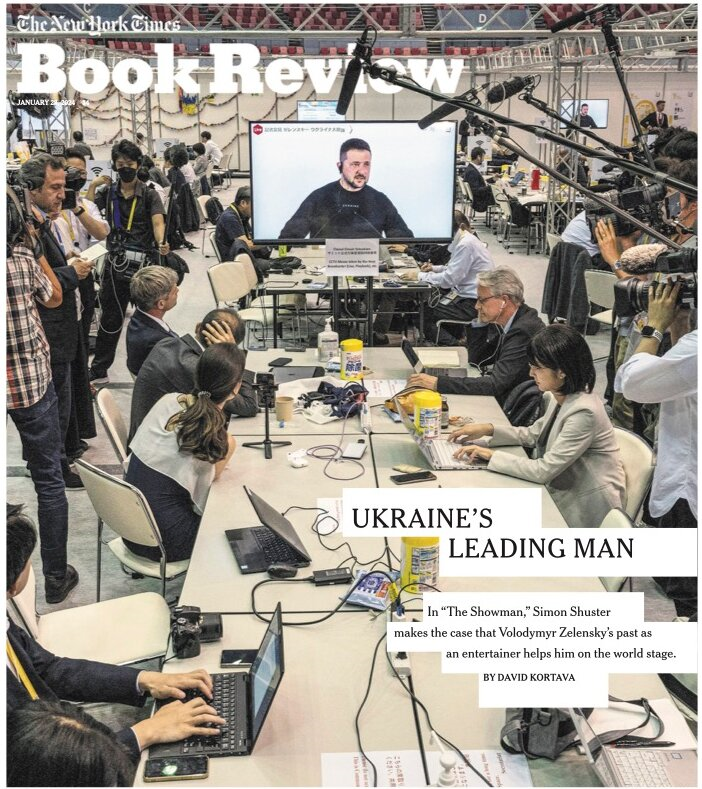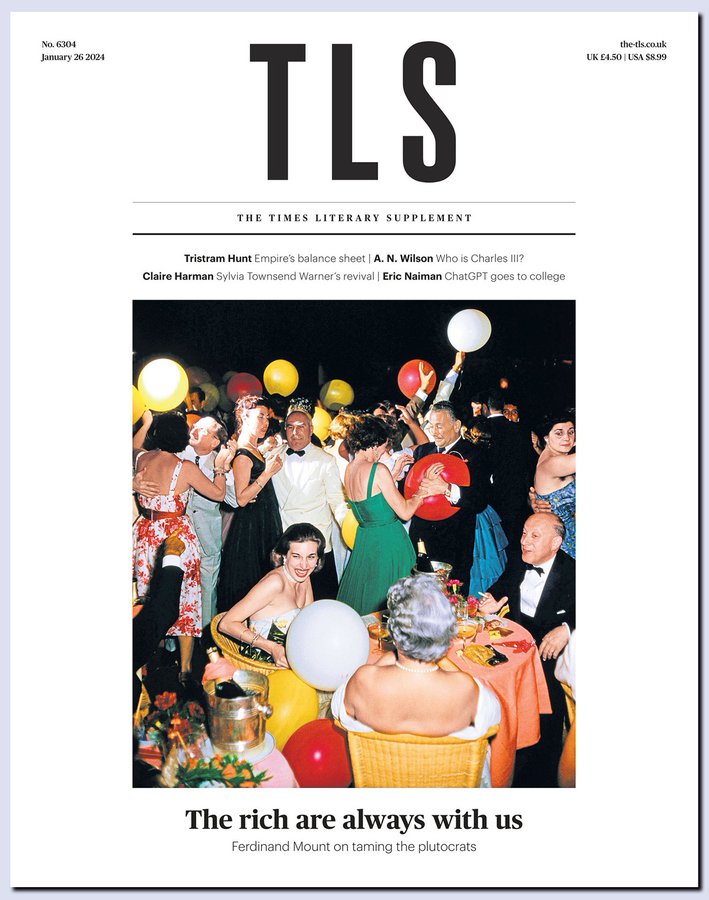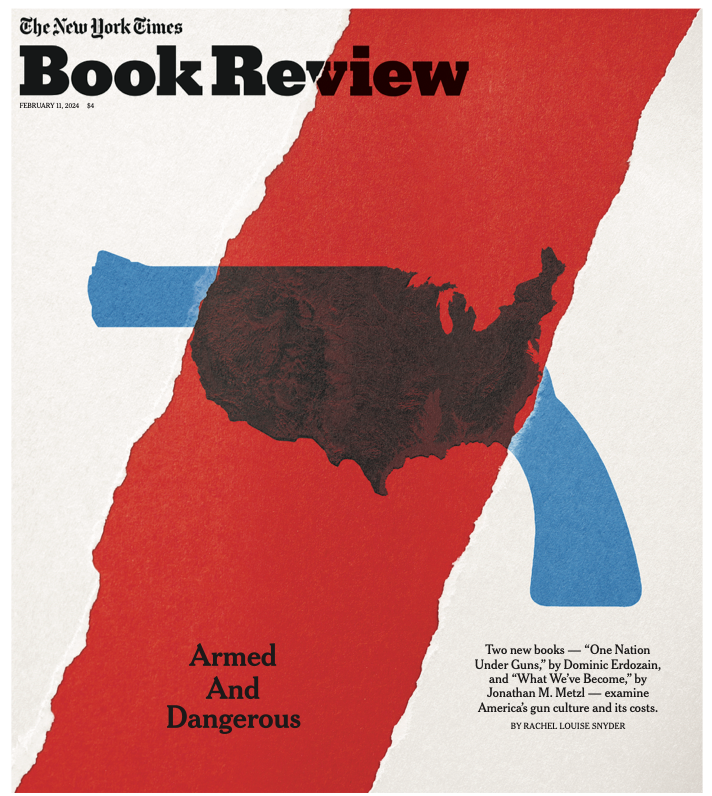

THE NEW YORK TIMES BOOK REVIEW (February 9, 2024): The latest issue features ‘Armed And Dangerous’ – Two new books – “One Nation Under Guns”, by Dominic Erdozain, and “What We’ve Become”, by Jonathan M. Metzl – examine America’s gun culture and its costs…
An America Where Guns Do the Talking

Two new books consider how the country’s obsession with firearms has become an existential threat.
By Rachel Louise Snyder
ONE NATION UNDER GUNS: How Gun Culture Distorts Our History and Threatens Our Democracy, by Dominic Erdozain
WHAT WE’VE BECOME: Living and Dying in a Country of Arms, by Jonathan M. Metzl
Last year, a friend from Brunei visited me in the United States. She is American but was raised in Sudan and has lived in Cambodia and Scotland, among other places. We were talking about the rise in anxiety among teenagers in America when another friend texted me; her daughter had just arrived home from school, where she’d spent the afternoon in lockdown. “Of course your kids have anxiety,” my Brunei friend said. “They’re being raised in a war zone.”
A Scottish Coming-of-Age Story, With a Supernatural Twist

In Margot Livesey’s new novel, “The Road From Belhaven,” a 19th-century farm girl’s life and maturity are complicated by her uncontrollable visions of accident and disaster.
By Daisy Lafarge
Lizzie Craig has a gift: She sees “pictures” of events before they take place. It happens first when she’s 10, with a vision in which her grandfather’s scythe slips from a whetstone and injures his leg. It’s the tail end of the 19th century in Fife, rural Scotland, where Lizzie is brought up by her grandparents on Belhaven Farm. Her pictures, more often than not, are premonitions of accidents and disasters: a hurt leg, a wheel coming off a cart, a tree hit by lightning. They tend to arrive “a few weeks before the accident,” giving Lizzie time to prepare, and sometimes, intervene accordingly.


